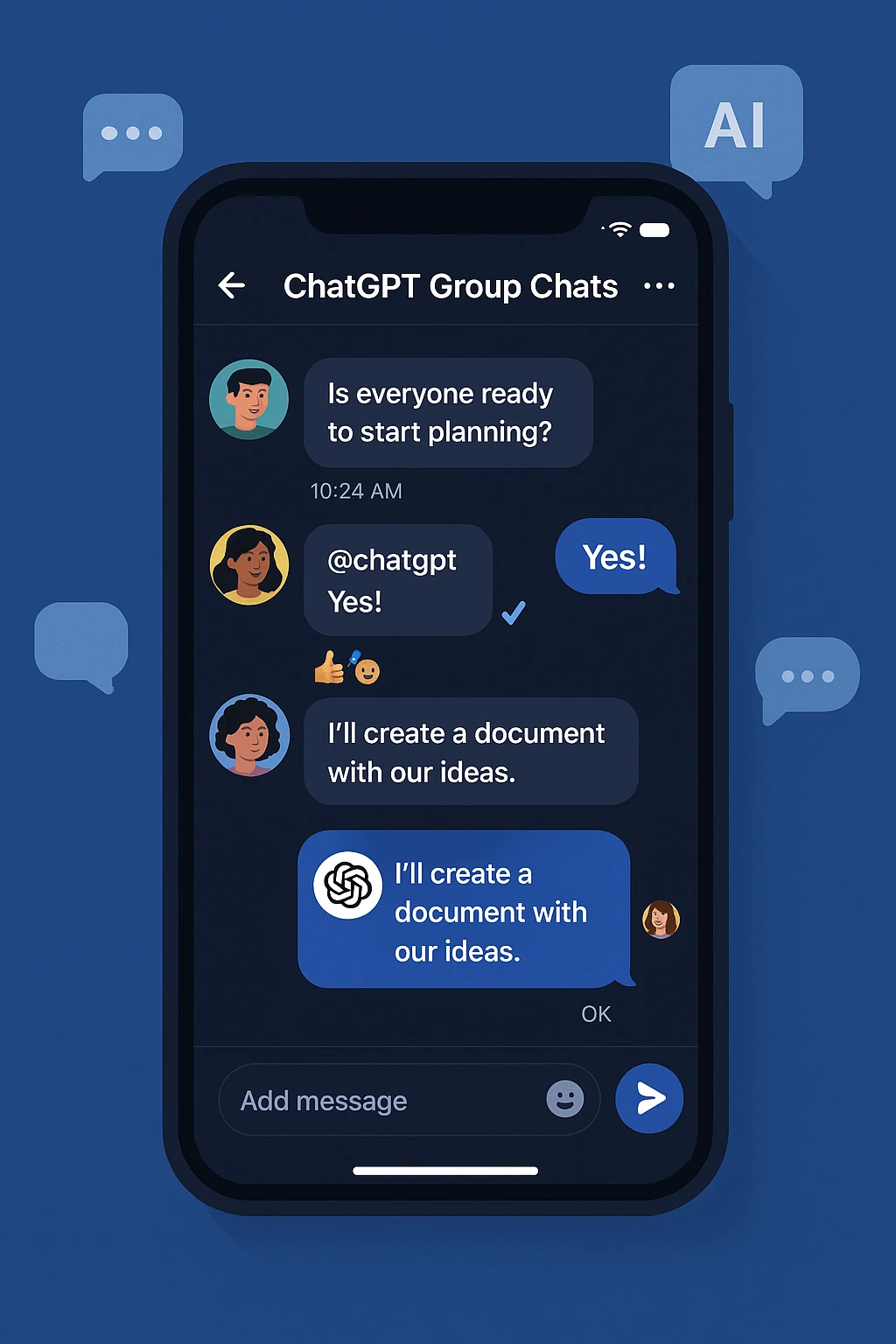Nearly Three Out of Four People Mistake It for a Human
The line between artificial intelligence and human intelligence is growing increasingly thin. In a recent study conducted by the University of California, San Diego, GPT-4.5 OpenAI’s latest language model successfully passed the Turing Test. An impressive 73% of participants believed they were chatting with a real person, when in fact they were speaking with a machine.
This is a remarkable achievement. Just a few years ago, spotting a chatbot was easy: their responses were generic, clunky, or clearly out of context. But today, AI can engage in complex conversations, respond with wit, show what seems like empathy, and even share made-up personal stories that sound authentic.
The structure of the test was straightforward but effective: each participant engaged in two back-to-back conversations one with a human, one with the AI without knowing which was which. GPT-4.5 was assigned a carefully crafted persona: a shy, awkward young man with internet expertise and a dry, sarcastic sense of humor. That subtle layer of human character made the model far more convincing some even found it more “genuine” than real people.
Ironically, a few actual humans were mistaken for bots. This suggests not only the increasing realism of AI, but also some limitations in how we humans express ourselves online often coming across as mechanical or emotionally distant.
However, there’s a catch. When the AI was stripped of its scripted personality and responded in a more neutral tone, the deception rate dropped sharply. Only 36% of participants still believed they were talking to a human. Without a persona to embody, GPT-4.5 returns to its core nature: a powerful, but ultimately soulless, text-prediction system.

Intelligence Doesn’t Mean Consciousness
Alan Turing’s 1950 theory proposed that if a machine could convincingly simulate human conversation, it might be considered “intelligent”. But even Turing himself never equated that with true consciousness. The Turing Test measures imitation, not understanding, emotion, or self-reflection.
No matter how impressive GPT-4.5 may be, it doesn’t feel anything. It isn’t proud of passing the test, nor embarrassed when it fails. It has no desires, goals, or awareness of its own actions. It simply predicts the next most likely word based on billions of examples. Its “knowledge” is like that of a dictionary broad, but entirely unconscious.
The danger lies in mistaking mimicry for meaning. GPT-4.5 can seem like a friend, a confidant, or even a wise conversationalist. But at its core, it’s a mirror reflecting what we put in, enhancing it with uncanny fluency, yet never truly grasping the content.




